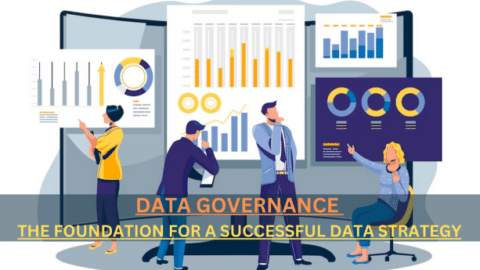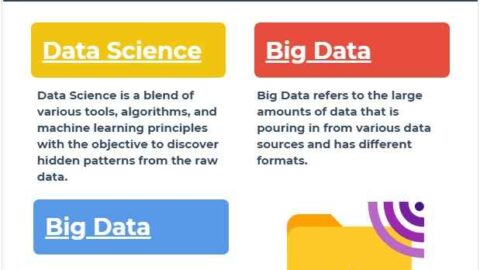Advantages and Challenges of Digital Transformation in Education
The education sector is experiencing a major digital transformation. Digital transformation in education encourages the system to evolve and reimagine learning, teaching, and administrative practices. The new landscape takes schools a step closer to more efficient, collaborative, and future-focused classrooms with features such as student performance tracking, limitless resources and data analytics. However, entering the digitalized world isn’t the easiest task. It requires all stakeholders to respond to a number of challenges. In this article, we’ll take a closer look at the benefits of digital transformation and the barriers educational institutions need to overcome to enable smart and meaningful change.
Table of Contents
Advantages of Digital Transformation in Education
Digital transformation in education is a limitless source of opportunities for students and teachers. Once the technology takes the front seat, the educational sector gets these striking benefits:
Student Performance Tracking
Performance tracking is a powerful tool that gives teachers access to student success metrics. With this source, they can measure student progress and offer detailed feedback. However, the insights are available not only to teachers. Technology-empowered tracking gives students a chance to monitor their own progress in real-time and identify their strengths and weaknesses. It becomes a robust tool for self-assessment that helps students improve their learning strategies.
As tracking technology provides immediate automatic feedback on performance, students can take action to perform better without the need to wait for feedback from their instructor. For example, if they have trouble writing papers, they can get some extra resources from the writing center right away or ask experts to write essays for me. Thus, performance tracking insights allow them to be self-directed learners and make informed decisions about their education.
Data Analytics
Leveraging data in the education sector allows making the system more organized and connected to the actual needs of students. It enables us to transition from traditional education that is restricted by rigid standards to a more flexible approach that serves students’ best interests.
Consolidating data and applications makes learning more efficient. It facilitates monitoring of the processes within the institution. This enables the assessment of administrative, teaching, and learning practices. As a result, it becomes easier to spot and address problem areas to enhance results.
Limitless Resources
Bringing technology to the classroom makes education barrier-free. It gives students equal access to a variety of resources. Students can experiment in an online lab, get writing help from an online essay service, and attend a workshop if they’re looking for some extra learning support. School administration, teachers, students, and parents won’t need to worry about resource limitations again.
Besides, with the development of extended reality, the borders of the classroom will no longer exist. It creates opportunities that will otherwise be unavailable to students, like virtual tours to any time and space and virtual science simulations with expensive professional equipment. They allow students to interact with learning materials, improving engagement and knowledge retention.
Future-Focused Learning
Technology is rapidly transforming all industries without exceptions. The education sector can’t afford to lag behind and stick to outdated instruction. Digital transformation is the only way to prepare students to thrive professionally as it gives them advanced technological competencies.
Robotics, AI, VR, electronics, communication technology, automation, and other technologies find new and new practical applications across sectors. This means that modern curricula should adopt digital tools and accommodate students with the necessary skills and competencies. This is the only way to make education future-proof.
Disadvantages of Digital Transformation in Education
Like any major change, digital transformation in education might bring about a few challenges that educational institutions should be ready to face.
Resistance to Change
Unwillingness to adapt to technology-based practices is one of the basic problems that slow down digital transformation. People often feel reluctant to change and leave their comfort zone due to the fear of failure and lack of motivation to learn. Digital transformation requires profound work encouraging mindset and culture changes in addition to enhancing the digital maturity of all stakeholders.
Absence of Strategy
Another major issue is the lack of a comprehensive strategy. Digital transformation is a broad concept that entails a wide range of changes at different levels. If an educational institution fails to define the step-by-step process of transformation for its unique case, it might take longer to achieve the goal and reap the desired benefits. Therefore, an institution needs to be clear about the end result they want to get and, most importantly, communicate the value of digital transformation. It also has to plan every step of the process and find ways to make the change comfortable for students and employees.
Digital Skills Gap
Digital adoption requires people to be confident technology users. For the transformation to be successful, all people who work in the education sector need to be competent. Institutions should create learning opportunities and certain incentives to motivate employees to learn new technology skills. These can be workshops, seminars, lectures, and online courses that will empower teachers and administrators to use all the benefits that digital transformation has to offer.
Unstructured Data
Digital transformation relies on data, but it is often stored in a disorganized and chaotic manner by many educational institutions. Incomplete and inaccurate data becomes unreliable for further use. It may create a distorted picture of administrative and learning processes, leading to challenges and poor decisions. As a result, institutions lose a chance to use all the benefits of digital transformations in terms of data analytics. The integration of data into a single source and its meaningful use requires institutions to find tools for accurate data collection, its efficient use, and secure storage.
Final Thoughts on Digital Transformation in Education
The global shift to digital transformation in education is a step towards adaptive future-focused learning. It gives the classroom the long-awaited flexibility and data-driven processes that allow addressing diverse student needs. Although the transformation forces institutions to face certain challenges, it is still a welcome change for the sector. It has an enormous potential to empower students and teachers and help them embrace forward-thinking practices and mindsets.

Business Developmeny Manager at PAS InfoCom Technologies Ltd. Experienced in project management with a demonstrated history of working in the information technology and services industry.











I have seen your post it is very helpful from a learning point of view. you can also visit our site for more useful information.